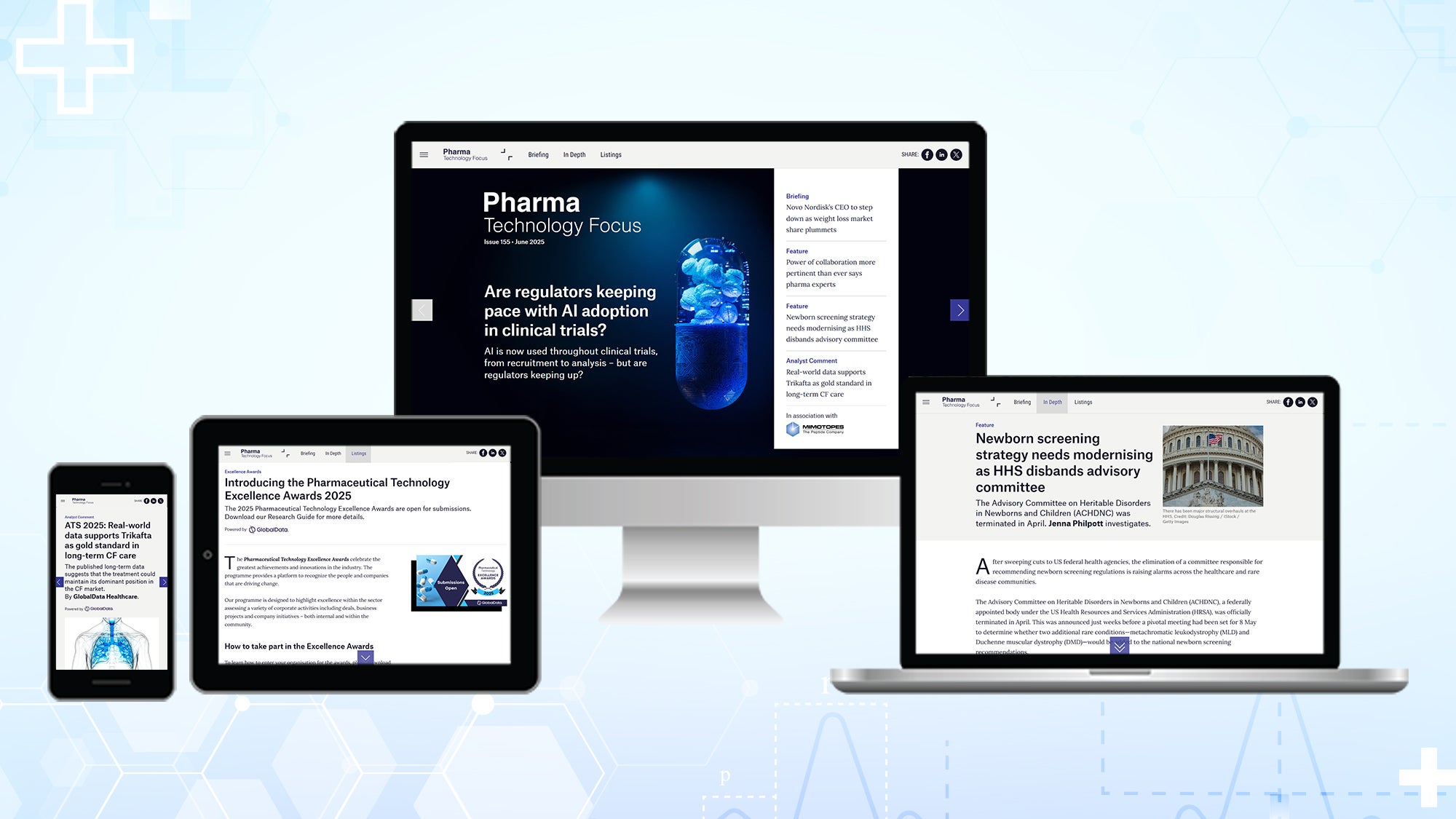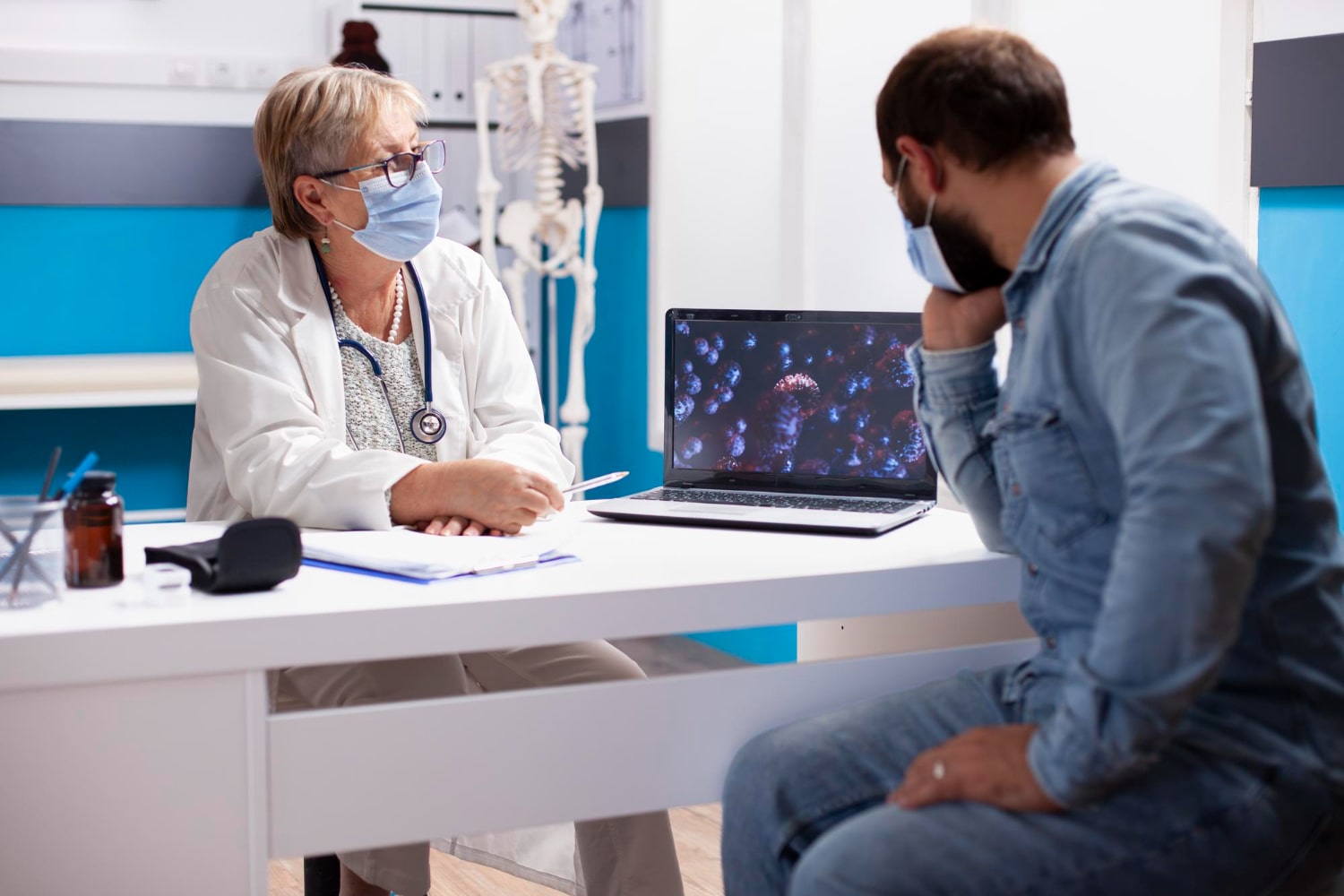Electronic Symptom Reporting by Cancer Patients Enhances Quality of Life and Decreases Emergency Room Visits
The landscape of cancer treatment continues to evolve, resonating with the growing patient-centric approach in healthcare. Recent findings from the PRO-TECT cluster-randomized trial bring forth compelling insights into how symptom monitoring through electronic patient-reported outcome (PRO) systems can significantly influence the quality of life for patients battling metastatic cancer. This innovative study, rooted in rigorous […]


The landscape of cancer treatment continues to evolve, resonating with the growing patient-centric approach in healthcare. Recent findings from the PRO-TECT cluster-randomized trial bring forth compelling insights into how symptom monitoring through electronic patient-reported outcome (PRO) systems can significantly influence the quality of life for patients battling metastatic cancer. This innovative study, rooted in rigorous scientific methodology, underscores the real-world ramifications of integrating technology into patient care.
Traditionally, healthcare providers often grapple with understanding the nuanced and shifting symptom profiles of cancer patients between office visits. This gap in communication not only fosters a disconnect but can also lead to dire consequences for patient health. However, researchers at the University of North Carolina Lineberger Comprehensive Cancer Center have pioneered a solution. Their patient-reported outcomes system allows individuals to relay their symptoms directly to their healthcare team, enhancing awareness and facilitating timely interventions. The revelation that patients who actively engage in monitoring their symptoms encounter fewer emergency room visits is pivotal.
The trial, which encompassed a diverse cohort of over a thousand participants across 52 community oncology practices in 26 states, showcased how the proactive reporting of symptoms correlates with improved patient outcomes. The findings revealed that those utilizing the electronic PRO system witnessed a marked increase in their quality of life, alongside a notable decrease in emergency department visits. Statistically speaking, there was a significant 6.1% reduction in emergency visits among the PRO group compared to standard care. This is not merely numbers; it paints a poignant picture of the relief and wellbeing afforded to patients who feel heard and attended to.
Unpacking the quantitative findings, we observe that participation in the PRO arm also delayed deterioration in several crucial health metrics. The timeline for the onset of physical dysfunction was pushed back by an impressive median of 12.6 months, while patients reported experiencing symptoms 31% later than their counterparts in the usual care scenario. This delay translates into a tangible difference in the day-to-day lives of patients, granting them extended phases of better health and wellness.
Engaging with the intricate world of cancer treatment, the study illuminates the undeniable benefits of an effective doctor-patient relationship. The data indicates that a staggering 84% of participants felt more in control of their treatment processes thanks to the PRO system. Such empowerment not only enhances compliance but also fosters a constructive dialogue with healthcare providers. Those in the PRO arm reported improved discussions with their care teams, indicating a renewed sense of agency over their health journey.
Moreover, the technology’s design was not just a byproduct of clinical necessity but a thoughtful response to known frustrations. Basch highlighted that the often cumbersome navigations of electronic medical records can obstruct patient engagement. The PRO system, by bypassing many of these obstacles and enabling patients to communicate directly with nursing staff or care coordinators, ensures a streamlined experience that prioritizes symptom management.
Drilling down into the demographic of the study participants reveals another layer of engagement. The median age of participants was 63, a population significantly impacted by cancer yet often underserved in terms of technological support. With nearly 17% of these patients having never utilized the internet, the implementation of a web-based system needed to be paired with an alternative means of communication, thus expanding accessibility. The study’s design took into account these variances, making the PRO system adaptable and inclusive.
Equipped with substantial evidence of improved quality of life metrics, the discourse surrounding the validity of electronic PROs within oncology is only just commencing. Though overall survival rates remained statistically similar between both groups, the qualitative metrics tell a different, hopeful story. The findings thus advocate for broader implementation of electronic monitoring systems across the cancer treatment spectrum, as they contribute crucial tools in the fight against cancer.
While the final results of the PRO-TECT study comprise a significant milestone, the researchers are not pausing their inquiries. Future plans include deeper analysis through sub-studies that will engage with personal narratives from patients and healthcare professionals alike. By dissecting experiences relative to cancer types, races, and geographic locations, the researchers are set on fortifying the foundational assertions of their current findings.
In a field where the lines between technology and patient care can sometimes seem blurred, the success of the PRO system is a clarion call for innovation in oncological practices. As further studies unfold, the potential benefits of such systems could ideally extend beyond metastatic cases, prompting the healthcare community to explore their utility in earlier stage cancers as well.
The implications of this study resonate clearly within the broader dialogue about healthcare delivery today. It is a reminder that the patient’s voice is not just a peripheral factor but a central pillar of effective treatment. Moving forward, it insists on a fundamental re-evaluation of how personal experiences and reported outcomes should drive clinical decisions.
Healthcare has often been a realm fraught with complexities, where patients can feel like stakeholders in a system that can sometimes overlook their voices. With the advent of electronic patient-reported outcomes, there lies an opportunity to reshape the narrative — one where patients are empowered and the healthcare team is alerted and responsive.
In summary, the PRO-TECT study not only emphasizes the potential of technological integration into patient care but also encourages a philosophy of attentiveness and response to patients’ evolving needs throughout their cancer treatment journey. This transformative approach signals a hopeful leap toward a future where patient outcomes can be significantly enhanced through informed, engaged, and compassionate care.
Subject of Research: People
Article Title: Symptom monitoring with electronic patient-reported outcomes during cancer treatment: final results of the PRO-TECT cluster-randomized trial
News Publication Date: 7-Feb-2025
Web References: Nature Medicine
References: DOI 10.1038/s41591-025-03507-y
Image Credits: Credit: UNC Lineberger Comprehensive Cancer Center
Keywords: Cancer, cancer patients, cancer research, health care delivery, patient monitoring, doctor-patient relationship
Tags: benefits of active symptom management in cancer patientscancer patient engagement in healthcarecommunity oncology practices and patient outcomeselectronic symptom reporting for cancer patientsenhancing quality of life in cancer treatmentinnovative cancer treatment approachesmonitoring symptoms in metastatic cancerpatient-centric healthcare strategiespatient-reported outcomes in oncologyreal-world impact of electronic PRO systemsreducing emergency room visits for cancer patientstechnology in patient care for cancer
What's Your Reaction?


































